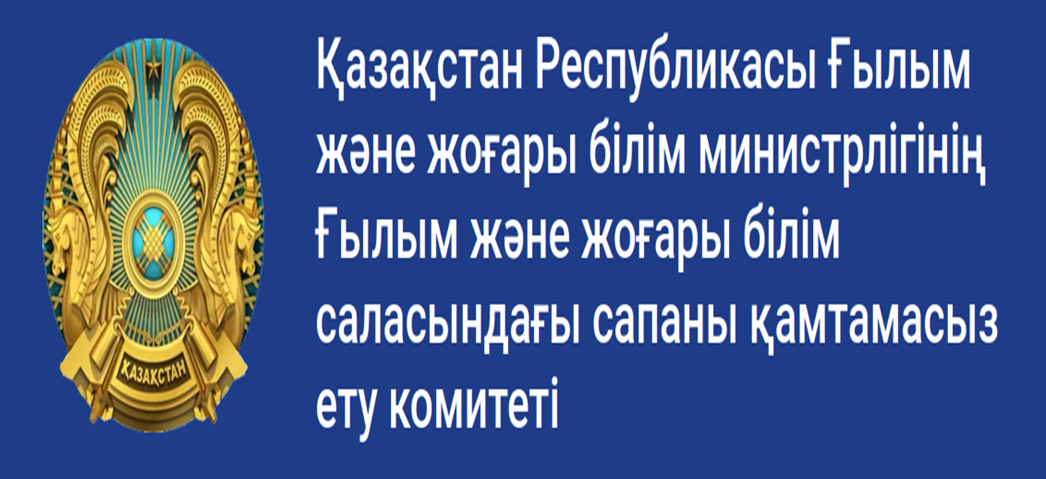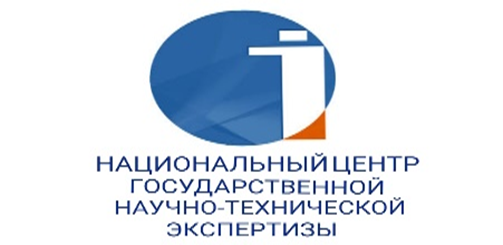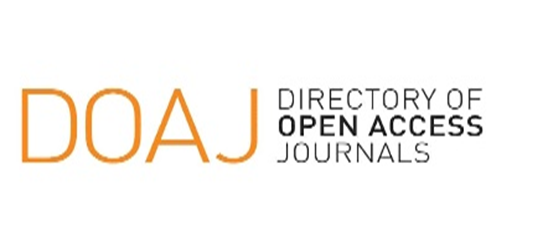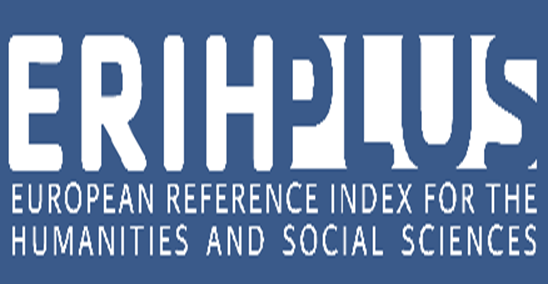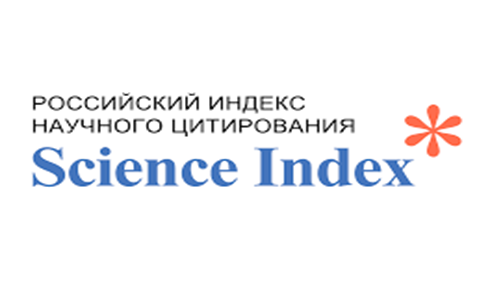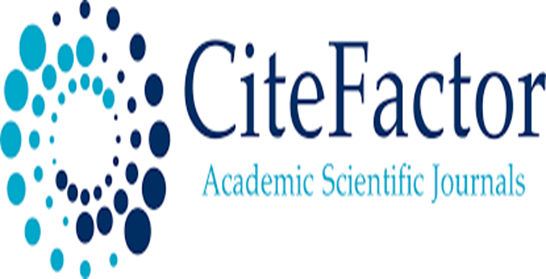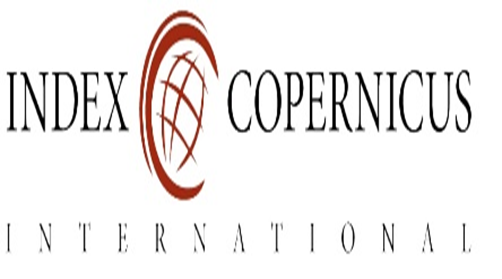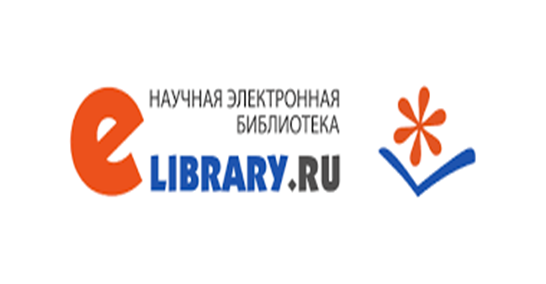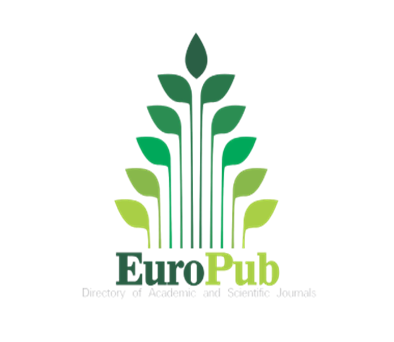Somatic phraseological units of European and Oriental languages
Views: 227 / PDF downloads: 272
DOI:
https://doi.org/10.32523/2664-5157-2022-4-99-112Keywords:
phraseological units, somatisms, European languages, Hungarian language; Turkic, Finno-Ugric and Chinese languages, figurative meanings, complex paired words, areal historical contactsAbstract
. Studying phraseological units is important task of linguistics, which is confirmed by
the results of research by well-known scientists. This study compare the specific elements of European
and Eastern phraseology which connected with cultural and linguistics traditions. The works of N.
S. Trubetskoy motivated our research, as he revealed the influence of the Turkic and Finno-Ugric
languages on the Russian language and Russian culture.
In the study of the semantics and structure of phraseological units in Eastern languages, we found
their semantic and structural similarities with the phraseological units of the Hungarian language.
This article discusses some somatisms (the name of a part of the human body) in the phraseological
units of European and Oriental languages, their differences are noted, due to the mental and cultural
traditions of the peoples; the semantic and structural similarities of phraseological units of the
Hungarian and Turkic, Oriental languages, associated with historically areal, linguistic and cultural
contacts, are revealed.
Somatisms in the Turkic and Hungarian languages, in addition to the direct designation of a part
of the human body (head, heart, eye, ear, hand, etc.), also have figurative meanings that express the
spiritual world of a person, his positive or negative characteristics. These figurative meanings are also
found in phraseological units of the Chinese language.
Structurally, somatisms in the phraseological units of the Turkic, Finno-Ugric, Hungarian, and
Chinese languages are represented by complex paired words, which confirms their certain typological
commonality. Paired somatisms in the phraseology of the Russian language are due to the arealcultural influence of the Turkic and Uralic languages.
Reference
Баскаков Н.А., 1979. Русские фамилии тюркского происхождения. Москва. С. 5.
Воробьёв В.В., 1997. Лингвокультурология. Теория и методы. Издательство Российcкого университета дружбы народов. Москва. C. 45-53.
Gabelentz G., 1881. Chinesische Grammatik mit Ausschluss des niederen Stils und der heutigen Umgangssprache. Leipzig. C. 11-15.
Горелов В.И., 1984. Лексикология китайского языка. Москва. C. 21-25.
Мокиенко В.М., 2007. Загадки русской фразеологии. Санкт-Петербург: Авалон. C. 6-9.
Moravcsik Edith A., 2009. Partonomic structures in syntax. New Directions in Cognitive Linguistics. Amsterdam-Philadelphia. С. 45-49.
Пачаи И., 1995. Ареальные аспекты парных слов в русском языке. Ньиредьхаза. C. 35-38.
Пермяков Г.Л., 2001. Пословицы и поговорки народов Востока. Москва. C. 38-43.
Семенас А.Л., 1976. Парадигматический анализ компонентов копулятивного сложения в китайском языке. Москва: Восточное языкознание. C. 107-112.
Телия В.Н., 1996. Русская фразеология. Москва: Языки русской культуры. С. 31-35.
Ткаченко О.Б., 1981. Проблемы сопоставительно-исторического изучения славянских языков. Москва: Вопросы языкознания. С. 48-59.
Токарев С.А., 1957. Религиозные верования восточнославянских народов XIX-начала XX в. Москва: Издательство Академии наук СССР. С. 41-44.
Трубецкой Н.С., 1991. Верхи и низы русской культуры. Москва: Вестник Московского университета. Сер. 9. № 1. С. 87 98.
Успенский Б.А., 1982. Филологические разыскания в области славянских древностей. Москва. Издательство Московского университета. С. 36-39.






